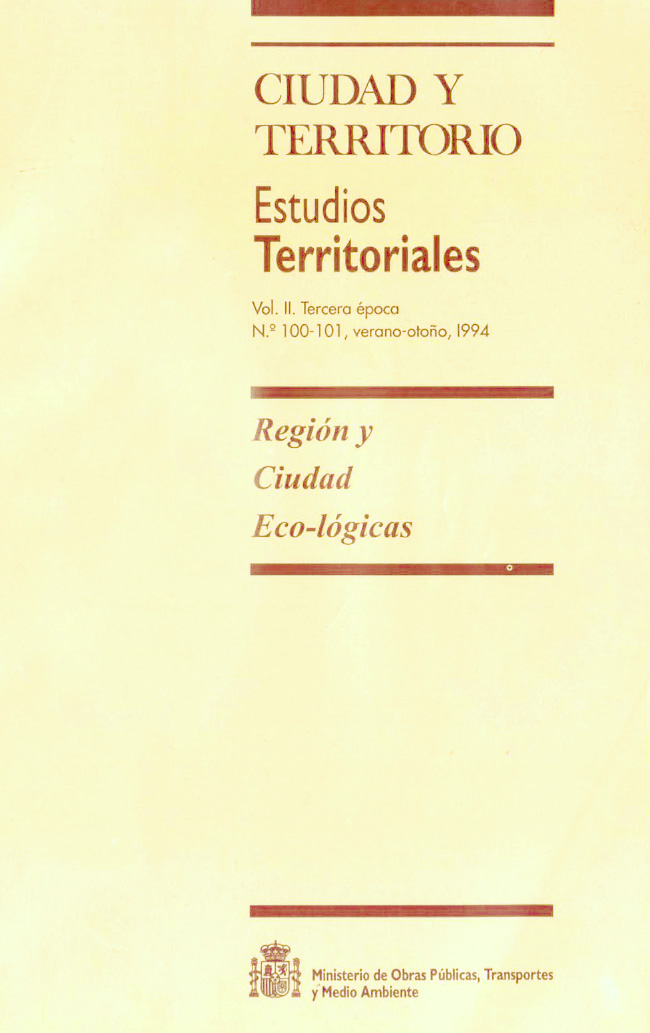Atmospheric contamination: possible measures and solutions
Abstract
Environmental contamination is here said to figure as one of the major restrictions upon transport development and consequently upon economic activity as such. The paper suggests three levels at which optimum public measures to be taken might be defined, these being 1) an environmental and fiscal neutrality. as to the different forms of transport in being once the overall costs from these have been internalized 2) a giving of priority to public transport insomuch as this is more efficient in terms of energy consumption less contaminating and requires less ground space and 3), a choosing of that most in keeping with each service requirement, this in terms of its comparative advantages. The change over from private to public transport use in the city is here seen to be a prime objective of any environmental policy in the transport sector given that half of the total consumption of petroleum derivatives is made in the city where other means of transport exist, there thus being no entailed loss of economic activity to such a change. The paper sees fiscal policy as against petroleum derivatives to be an effective one insomuch as it acts as a drag on demand here. It then offers as a practical illustration an experience proper to Madrid in which it is made plain that the car user is indeed wide awake to his fuel bill.
Downloads
Downloads
Published
How to Cite
Issue
Section
License
Copyright (c) 1994 Juan Carlos Cadiz Deleito

This work is licensed under a Creative Commons Attribution-NonCommercial-NoDerivatives 4.0 International License.
Considering the provisions of the current legislation on Intellectual Property, and in accordance with them, all authors publishing in CyTET give -in a non-exclusive way and without time limit- to the Ministry of Transport, Mobility and Urban Agenda the rights to disseminate, reproduce, communicate and distribute in any current or future format, on paper or electronic, the original or derived version of their work under a Creative Commons Attribution-NonCommercial-NoDerivative 4.0 license International (CC BY-NC-ND 4.0), as well as to include or assign to third parties the inclusion of its content in national and international indexes, repositories and databases, with reference and recognition in any case of its authorship.
In addition, when sending the work, the author(s) declares that it is an original work in which the sources that have been used are recognized, committing to respect the scientific evidence, to no longer modify the original data and to verify or refute its hypothesis. Author(s) also declare that the essential content of the work has not been previously published nor will it be published in any other publication while it is under evaluation by CyTET; and that it has not been simultaneously sent to another journal.
Authors must sign a Transfer of Rights Form, which will be sent to them from the CyTET Secretariat once the article is accepted for publication.
With the aim of promoting the dissemination of knowledge, CyTET joins the Open Journal Access (OA) movement and delivers all of its content to various national and international indexes, repositories and databases under this protocol; therefore, the submission of a work to be published in the journal presupposes the explicit acceptance by the author of this distribution method.
Authors are encouraged to reproduce and host their work published in CyTET in institutional repositories, web pages, etc. with the intention of contributing to the improvement of the transfer of knowledge and the citation of said works.








 Enlace a CyTET en Linkedin
Enlace a CyTET en Linkedin